
Three top cameras, key landscape camera settings, and some great accessories will get you ready for super landscapes this Fall, says Apogee Photo educator Jim Austin MA.

CANON PLUS NIKON
Canon’s EOS 5D Mark III SR and Mark IV, and Nikon’s D850 are two fine cameras for landscape photography. Each of these high resolution, full-frame cameras is fast, accurate and rugged. They offer all the features needed for colour rendition and for producing the 14-bit depth lossless files that many photographers prefer for landscape imaging.
Each camera is capable of producing wall-size fine art files. For landscape photography, Nikon’s D850 has built in focus stacking (additional software needed) to stack 300 frames with 10 levels of focusing steps.
A MEDIUM FORMAT MACHINE FROM FUJI
FUJI cameras have a reputation for accurate color, requiring very little work in post processing. This is ideal for landscape photography with large files. Fuji’s GFX 50S also has a built in setting for an automatic 30 minute exposure.
This feature is a game changer, as before the GFX 50S, Bulb mode settings often made it tough to automatically expose for longer than 30 seconds. Third party accessories for Fuji’s GFX camera allow full front-tilt and swing movements that are only found on more traditional film cameras in other formats.
If you want a sensor with a wide dynamic range, Fuji’s GFX 50 S camera is an excellent choice for landscape photography, with a dynamic range of 11.9 stops at ISO 100. Color accuracy, sensor micro-contrast, and ease of use are its best features. The company released a 23 mm F/4 LM WR lens, an effective focal length for wide angle perspectives for landscapes.
SETTINGS FOR LANDSCAPE
For landscapes, shoot RAW, set Exposure Compensation to zero, change the color space from sRGB to Adobe RGB or ProPhoto RGB. I boost the contrast and sharpness of my landscape images. For consistency, to match the jpg preview on the back of the camera with the post-processed RAW file, it’s a good idea to set your Picture Style to “Landscape”.
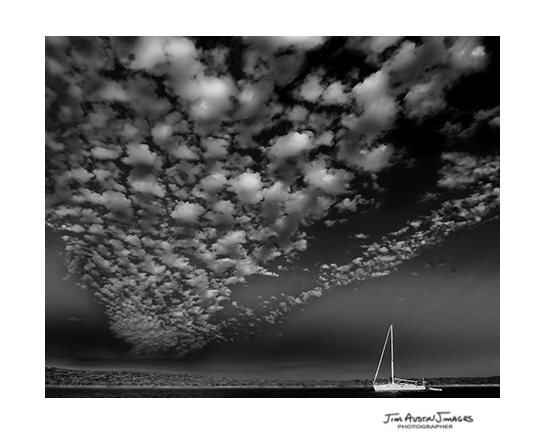
WEATHER IS THE PERSON
The weather you choose at the final moment will often determine whether it is a compelling or just mediocre landscape image. Looks for unique weather situations such as storms, rapid changes in lighting conditions, and weather shapes that match those of the rocks or mountains.
A timeless formula for interesting photographs is to have someone, somewhere, doing something interesting. When pro photographers create landscape art, they make “weather” into the someone, and in their shots the weather has personality. Lightning, storms, rain and rapidly changing light are our friends when it comes to fresh, compelling land or seascapes.

BEST TOOLS FOR LANDSCAPE PHOTOGRAPHY
TRIPOD. An indispensable tool for nature photography, arguably, is a lightweight carbon fiber tripod with a heavy duty tripod head. For instance,
Acratech makes a ball head that is sturdy, easy to clean, and rock solid. Many companies make good tripods, but the key is to use a tripod so your camera does not move, even in heavier winds.
SHUTTER RELEASE. Timer/electronic cable releases and remote releases are handy tools for making landscapes. The former lets photographers make time lapse series, and they both prevent camera movement.
Canon, for instance, has an excellent, lightweight remote release for the 5DMII SR. Infrared (IR) triggers are also used to trigger these camera shutters by remote. We are really talking creativity here, because adding a shutter release opens up a wide range of creative possibilities. One example would be landscape astro-photography.
SHOES. Good hiking boots are a key piece of gear. When I lead workshops in the field, I double check to make sure all students have good footwear in moderate or rough conditions.
GRADUATED ND and SLIM CIRCULAR POLARIZING FILTERS. These filters are best used individually to control contrast and color in landscape photography. A circular polarizer cuts glare, saturates colors, and can bring out contrast in clouds and water.
Cokin has a drop in HiTech ND filter system. Neutral Density filters are rated in Stops, such as 10ND or variable. The number 10 is the number of stops reduced, and ND stands for neutral density. They allow wide apertures, or long exposures, by reducing the amount of light reaching the sensor or film.
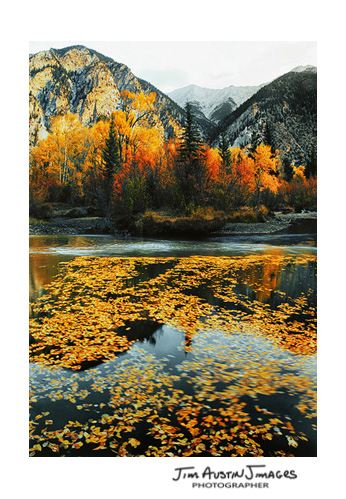
CREATIVE IDEAS
“That’s here. That’s home. That’s us. On it everyone you love, everyone you know, everyone you ever heard of, every human being who ever was, lived out their lives ” ~ Carl Sagan, The Pale Blue Dot
Photographs are not made by cameras. If they were, they, and we, would have missed seeing the ultimate landscape image: the Blue Marble. The Blue Marble is the name for an iconic photograph of the earth, floating in inky blackness.
Carl Sagan, a member of the Voyager Spacecraft imaging team at the time, first had the creative idea to point the spacecraft camera back towards earth, its home, for a last look before it became too small to capture. First came the “pale blue dot” and then many images of the earth that we now call the blue marble. No one remembers what model camera took the photographs.

My point: the best camera for landscape photography is your creative ideas, and the techniques you’ve learned to bring them to light. Creativity is not about going crazy and running around with your camera. It needs inspiration, imagination and discipline.
Good landscape photography is helped by having good gear, but practice and doing everything to enliven ones understanding is better. Good landscapes come from a lifetime of seeking meaning on the earth.
“At the root of creativity is an impulse to understand, to make sense of random and often unrelated details. For me, photography provides an intersection of time, space, light, and emotional stance. One needs to be still enough, observant enough, and aware enough to recognize the life of the materials, to be able to ‘hear through the eyes’.” – Paul Caponigro
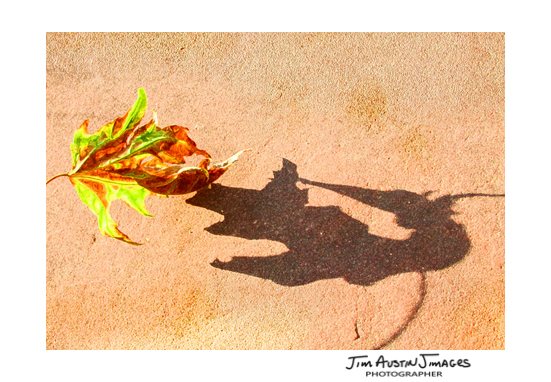

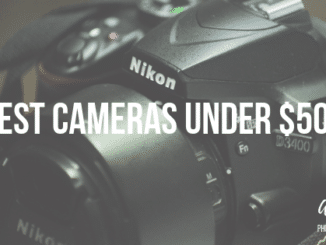

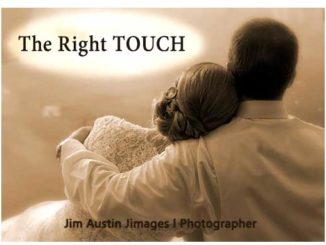
Leave a Reply